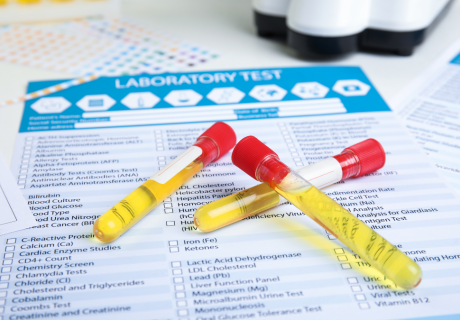Research Highlights Risks of Severe Reactions from Common Antibiotics

A recent study has identified that two widely prescribed classes of oral antibiotics are linked to a significantly increased risk of severe drug rashes, which can lead to emergency department visits, hospitalizations, and even death. The research was conducted by teams from the Institute for Clinical Evaluative Sciences (ICES), Sunnybrook Research Institute, and the Department of Medicine at the University of Toronto’s Temerty Faculty of Medicine, and it underscores the importance of careful antibiotic prescribing practices.
According to researchers, serious cutaneous adverse drug reactions (cADRs) are rare but potentially life-threatening delayed reactions that primarily affect the skin and often internal organs. These reactions have mortality rates ranging from 20 percent to 40 percent. While various drug classes can trigger cADRs, antibiotics are among the most frequently implicated.
"While it has long been suspected that certain antibiotics pose a higher risk for these severe reactions, our study is the first to confirm these suspicions with robust data," said Erika Lee, an allergist and trainee at ICES and Temerty Medicine’s Eliot Phillipson Clinician-Scientist Training Program. "We aimed to investigate the risk of cADRs in older adults, who are more likely to be prescribed antibiotics compared to younger populations."
The study, published in JAMA, analyzed healthcare data from ICES, focusing on adults aged 66 years and older in Ontario, Canada, who were prescribed at least one oral antibiotic between 2002 and 2022. The researchers identified 21,758 adults who experienced an emergency department (ED) visit or hospitalization due to a serious cADR and matched them with 87,025 controls without such reactions.
The findings revealed that all antibiotics carried a higher risk of serious cADRs compared to macrolides, but sulfonamides and cephalosporins were associated with the highest risk. Specifically, there were two cADR-related hospital visits for every 1,000 antibiotic prescriptions dispensed. Approximately one in eight patients presenting to the ED with antibiotic-related cADRs were hospitalized, often due to the severity of their reactions or concerns about potential complications.
Encouragingly, the study found that most patients who visited the hospital with these reactions were discharged without being admitted. However, for those admitted with the most severe reactions, 20 percent required treatment in the intensive care unit, and five percent of hospitalized patients died.
"Patients should be vigilant for symptoms such as rash and fever, which can appear weeks after starting an antibiotic and even after completing the course," said David Juurlink, MD, a senior core scientist with ICES and professor of medicine at Temerty Medicine. "This is another reason why antibiotics should be prescribed only when absolutely necessary."
According to the author’s, the study's findings are a stark reminder of the potential dangers of antibiotic misuse and the importance of monitoring for adverse reactions. They concluded that by choosing lower-risk antibiotics when possible and ensuring antibiotics are only used when needed, healthcare providers can help mitigate these risks and protect patient health.




















SHARE